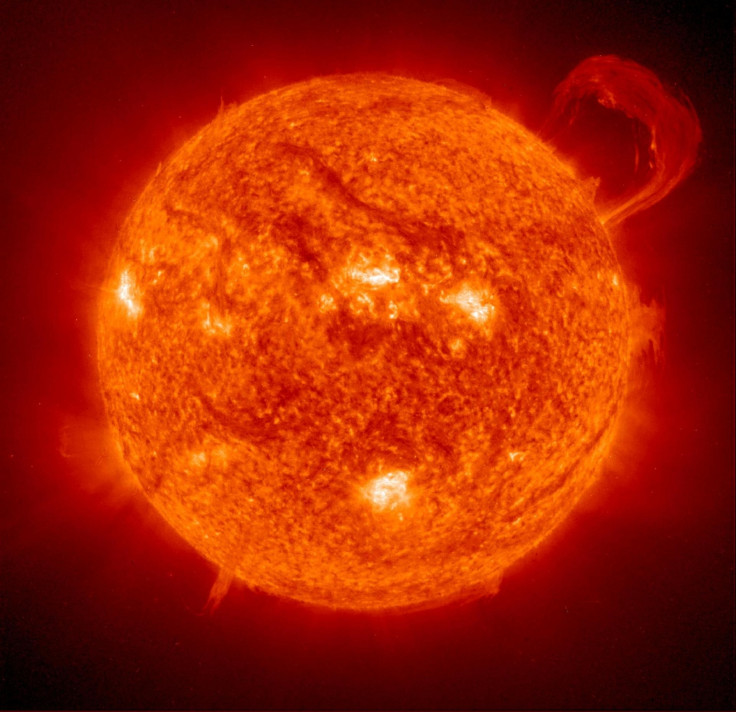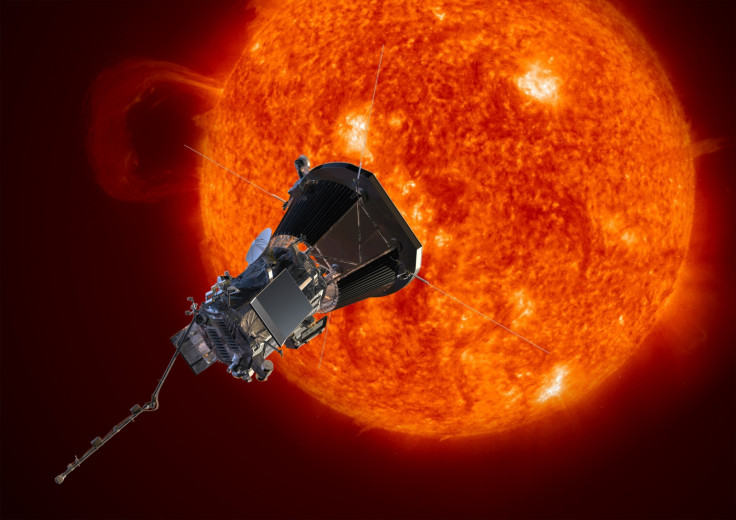Parker Solar Probe: Nasa mission to touch the sun named after discoverer of solar wind
The mission was previously called Solar Probe Plus.

Nasa scientists have announced that their first mission to 'touch the Sun' will be renamed the Parker Solar Probe, to honour the scientist who first predicted the existence of the solar wind. It had previously been known as Solar Probe Plus.
Nasa has never named a spacecraft after a scientist during their lifetime. Parker will shortly turn 90 years old. In total, only 20 scientists have received the honour posthumously.
Eugene Parker, the S. Chandrasekhar Distinguished Service Professor Emeritus at the University of Chicago, revolutionised scientific study of the Sun. He was the first to propose the idea of the solar wind 60 years ago.
Before this, scientists regarded the space in between stars and planets as a vacuum. A couple of years after he predicted the solar wind, satellites observed it for the first time. His first paper on the solar wind was rejected by the journal he submitted it to because it was so radical.
"It is one of the biggest space discoveries in helio-physics," said Thomas Zurbuchen, associate administrator of Nasa's Science Mission Directorate in Washington at a press conference.
In October 1958, the first long-range plans for a solar probe was first laid down at the University of Chicago, informed by Parker's findings. It's been on Nasa's wishlist ever since then. Now it's set to be a reality, and it's being named after the scientist who has made some of the biggest discoveries about the structure of the Sun.
The mission is set to launch in the summer of 2018. The goal will be to explore the Sun's outer atmosphere in the hope of solving long-standing mysteries about our nearest star – and about the physics of stars in general.

The scientists hope that the data collected during the mission will also improve their ability to forecast major space-weather events that impact life on Earth.
The Nasa spacecraft will be placed in orbit within four million miles (6.2 million kilometres) of the Sun's surface – seven times closer than any other spacecraft has come before. As such, it will face heat and radiation unlike any spacecraft in history.
To date, the closest a spacecraft got to the Sun was in 1976, when the Helios 2 space craft got within 27 million miles (43 million km) of its surface.
Although scientists had been keen to approach the Sun and study its outer atmosphere for years, they had long been confronted with the challenge of coming up with the appropriate technology to withstand the Sun's extreme heat.
They will now equip the spacecraft with a protective 'heat shield' which is made up of thick carbon composite and can resist temperatures of nearly 1,400 degrees Celsius.
© Copyright IBTimes 2025. All rights reserved.






















